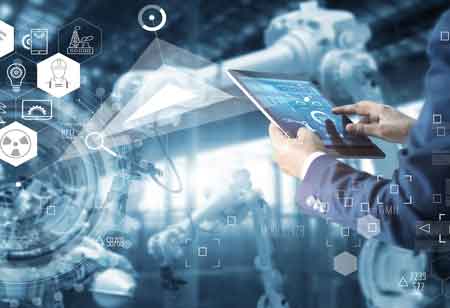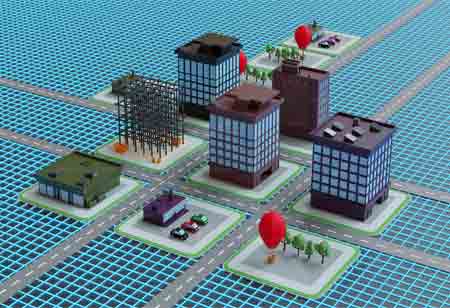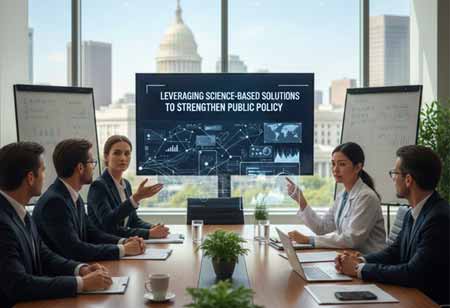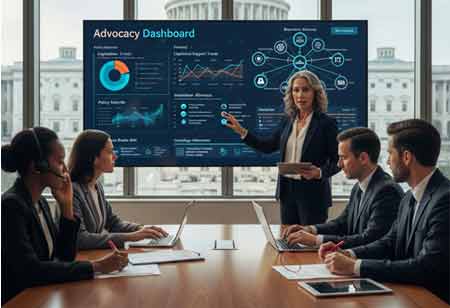Thank you for Subscribing to Gov Business Review Weekly Brief
Enhancing Public Transportation with Cutting-Edge Technological Innovation
Technology enhances public transportation through real-time tracking, contactless payments, autonomous vehicles, predictive maintenance, and sustainable electric systems.

By
Gov Business Review | Wednesday, February 19, 2025
Stay ahead of the industry with exclusive feature stories on the top companies, expert insights and the latest news delivered straight to your inbox. Subscribe today.
Technology enhances public transportation through real-time tracking, contactless payments, autonomous vehicles, predictive maintenance, and sustainable electric systems.
Fremont, CA: Technology can revolutionize public transportation, enhancing efficiency, accessibility, and sustainability through real-time tracking, AI-powered predictive systems, electric buses, and seamless multi-modal integration.
One of the most significant advancements in public transportation is using real-time tracking systems. GPS technology allows public transit authorities to monitor the location of buses, trains, trams, and ferries in real-time. This data is then shared with passengers through mobile apps, websites, and digital displays at stations. Real-time updates about delays, route changes, or arrivals ensure that passengers can make informed decisions, reducing waiting times and frustration.
Contactless payment techniques have transformed the way people pay for public transport. Users can tap their credit card, smartphone, or smart card to pay for their fares, speeding up boarding times and reducing the need for physical tickets.
Mobile ticketing apps, such as those used for subway rides or buses, offer additional convenience by allowing passengers to purchase tickets directly from their phones. These apps can store digital tickets and loyalty rewards and offer seamless transfers between different modes of transportation, improving user experience and accessibility.
The emergence of autonomous vehicles holds the potential to revolutionize public transportation in urban areas. Self-driving buses, trams, or shuttles could improve efficiency and reduce the need for human drivers, cutting costs while maintaining safety. Autonomous vehicles can also be deployed on demand, improving service in less-populated or underserved areas without a fixed route or schedule.
Drones are also being explored to support last-mile delivery systems or transport people in urban air mobility solutions, such as air taxis. These innovations reduce road congestion and create faster commuter routes, particularly in densely packed cities.
With the Internet of Things sensors and machine learning algorithms, public transportation systems can use data to predict when buses, trains, or other infrastructure will likely need maintenance before issues arise. Predictive maintenance reduces breakdowns, cuts down on repair costs, and minimizes the impact of disruptions on passengers.
AI-powered systems can analyze historical data and conditions to predict peak travel times, optimize vehicle deployment, and adjust services accordingly. This predictive capability can also be used to manage the flow of passengers, ensuring that buses and trains are dispatched at optimal times to avoid overcrowding.
Cities increasingly adopt electric vehicles for public transportation fleets to tackle environmental concerns. Electric buses, trams, and even ferries are being integrated into urban mobility systems, helping to reduce public transit's carbon footprint.
Including renewable energy sources, such as wind or solar power, into the charging infrastructure of electric public transit is another step toward creating sustainable transportation networks.
More in News






